If Japanese restaurants could cast a single item as their mascot, I’d be willing to bet the remainder of my first year meal plan (that I’ve progressively handled more frugally as my university career carries on) that it is some variation of salmon: salmon sushi, salmon sashimi, salmon roll — the list goes on.
Although salmon is light and buttery smooth and oh so delectable, it really is the John Smith of the sushi world and frankly not everybody’s cup of tea.
Here are five lesser known stars of Japanese cuisine — or whatever variation of them we have in Canada — if salmon is just not for you. For more insight into other kinds of sushi, check this article out too.
Tamago Sushi
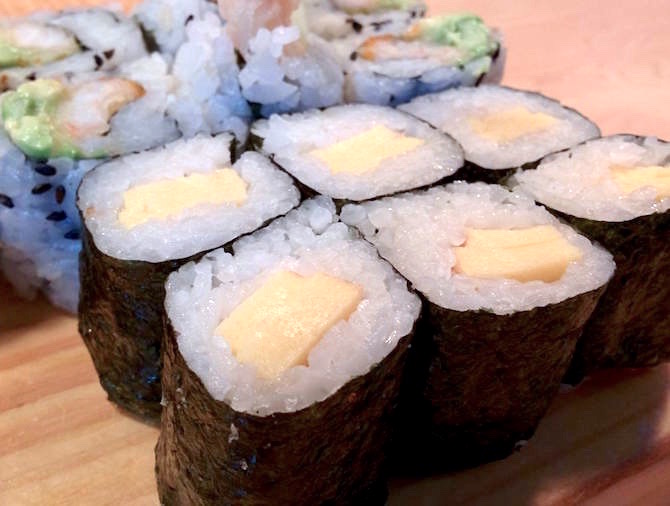
Photo by Fei Huang
Starting off, still in the realm of commonplace sushi items is the tamago, or egg, sushi. The egg mixture, typically consisting of egg, sugar, soy sauce, and rice wine, is cooked as an omelette. Unlike our savoury breakfast omelettes, these omelettes have a distinctly sweet flavour that is light on the palate.
Negimaki
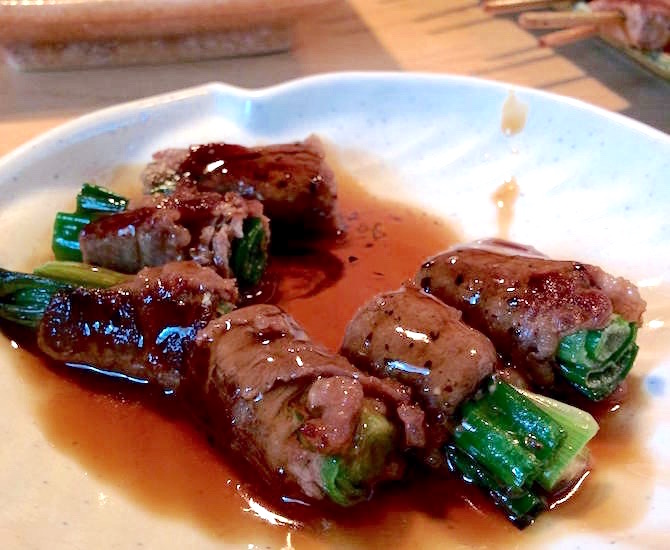
Photo by Fei Huang
The dish consists of a thin piece of marinated beef coiled around some greens of the scallion and are probably the Japanese equivalents of bacon-wrapped shrimp, just with less grease and more of an in-your-face impact brought by the scallions. That, or it’s an ingenious reformulation of the standard sushi with the rice portion of sushi substituted for beef and fish filling for scallions. You decide.
Zaru Soba
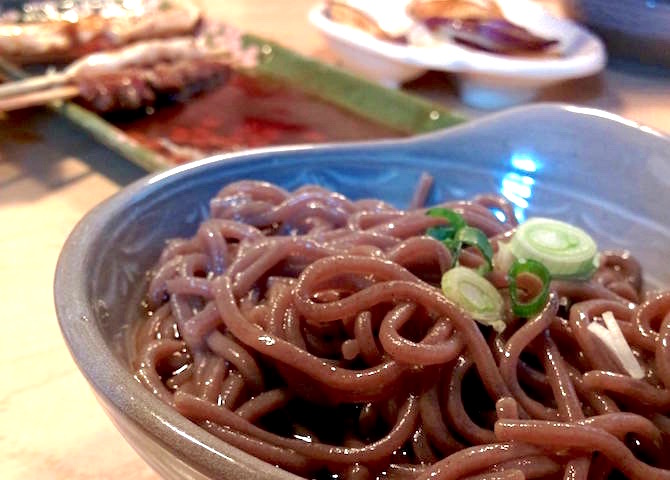
Photo by Fei Huang
This cold noodle dish is made of chewy buckwheat noodles in a small amount of broth made from dashi (a stock foundational to miso soup, various noodle broths, and other simmering soups), rice wine, and a sweetened soy sauce, making it pleasantly flavourful. If you can overlook the unappealing olive-gray of the noodles, then this something worth sampling.
Takoyaki
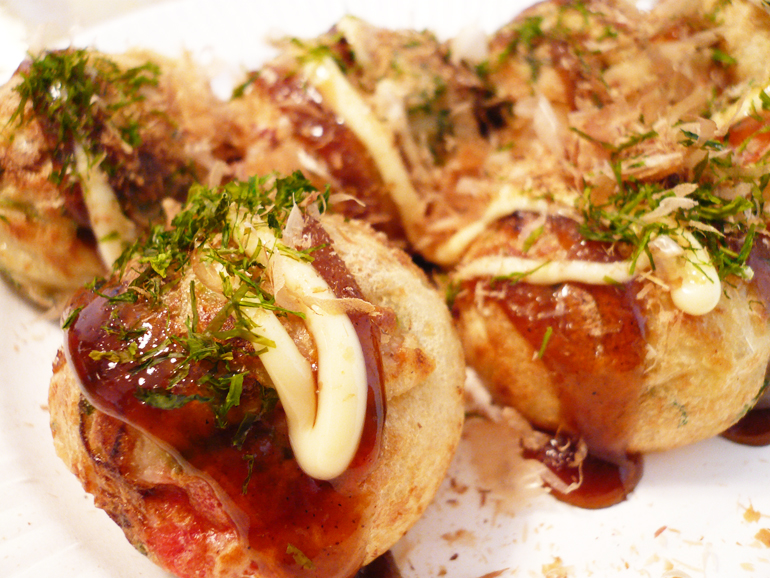
Photo courtesy of bd7say.files.wordpress.com
These small balls of flour-based batter are popular snacks on the streets of Japan. They are filled with a piece of octopus and then drenched with takoyaki sauce — a thick sauce similar to Worcestershire sauce — and drizzled over with mayo. Inside, they remain relatively fluffy and loose.
Triple A Grade Raw Beef

Photo courtesy of the-food-files.com
If we lived in a perfect world, then all sushi restaurants would offer their raw beef in the form of tender marbled wagyu beef. However, as any college student living on a budget would know, we only have the resources available to access that sushi restaurant down the block, which most likely does not carry such a delicacy.
Instead, there’s the second best: AAA grade beef. The meat is very tender even without the price tag climbing through the hundreds of dollars for a mere slab of meat, and the taste is surprisingly light. If you were to tell me to close my eyes, I’d probably confuse it with some sort of fish, albeit on the slightly chewier side.
Roe Sushi
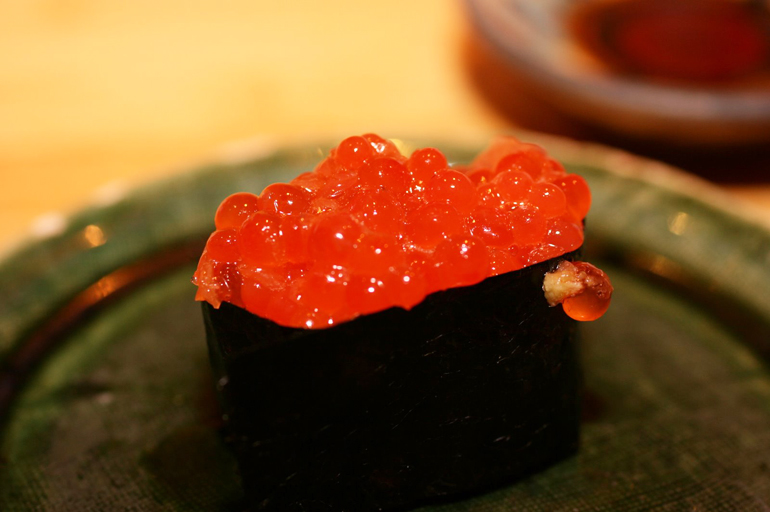
Photo courtesy of foodmayhem.com
This probably looks familiar and will probably taste familiar to those with the trained palate. If there were anything on this list that should be considered an acquired taste, I would likely volunteer this item. The fishiness mixed with the saltiness is already a force to be reckoned with, but then you have the whole popping sensation to add into the mix.
Ginger Ice Cream
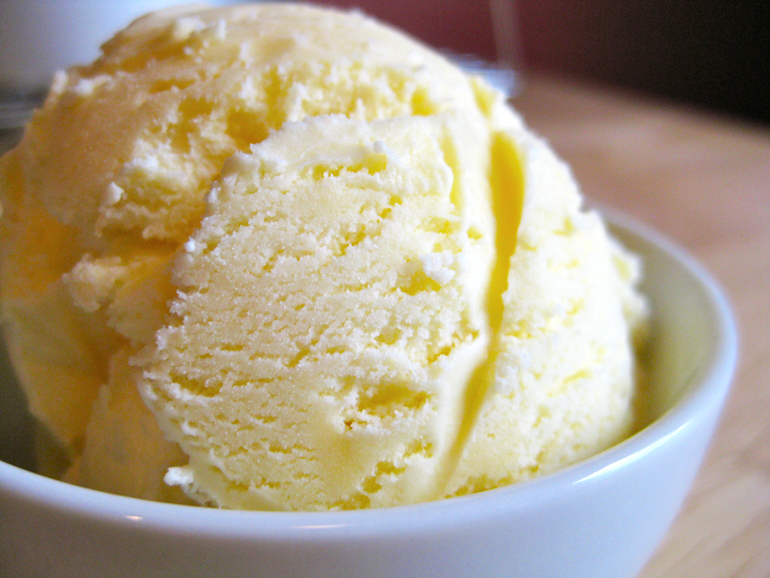
Photo courtesy of savorysaltysweet.com
This is for you folks that have a round of all you can eat sushi because we all know that the unspoken rule of AYCE is that you never opt out of dessert. Not all places offer this, but next time you see ginger ice cream alongside its more popular sister flavours of green tea and red bean, give it a go. It’s an unconventional flavour but it has the distinct sweetness of ice cream to counter the spice of ginger.
Next time you swing by your favourite Japanese restaurant — and I hope it’s all you can eat, because otherwise I’ll feel a little guilty about my bias towards AYCE joints — try out some less common items on the menu (real sushi lovers know there’s more than California rolls). Except sea urchin – that stuff takes gall to even look at.


